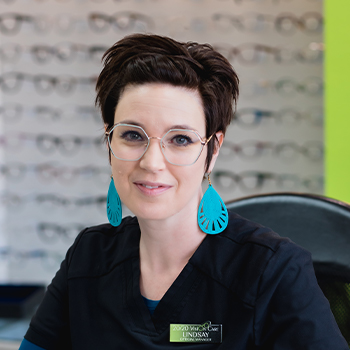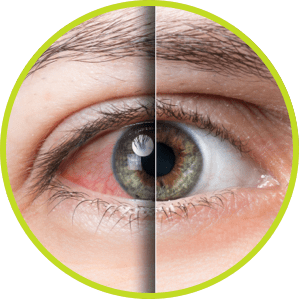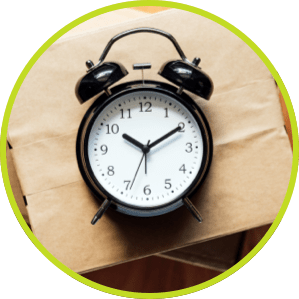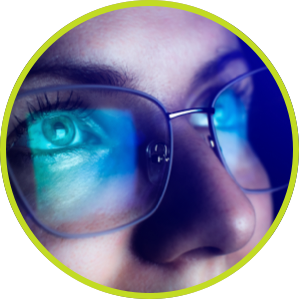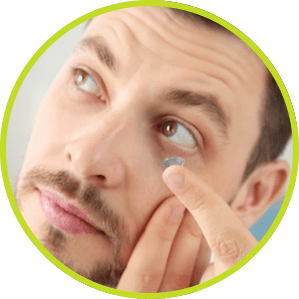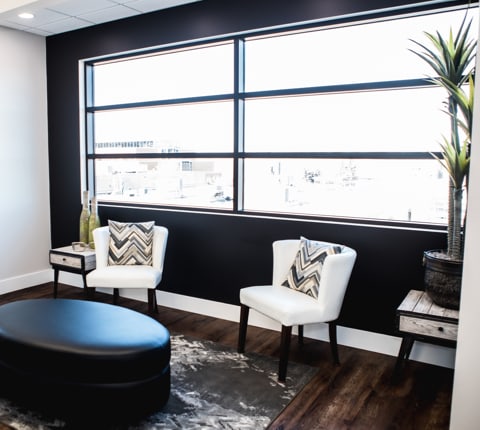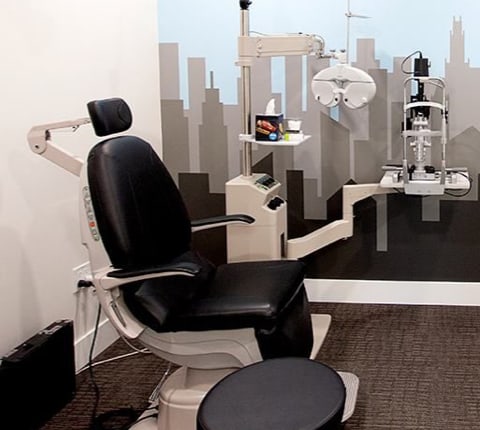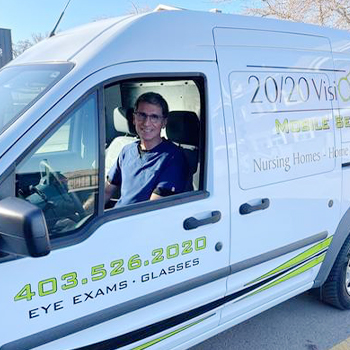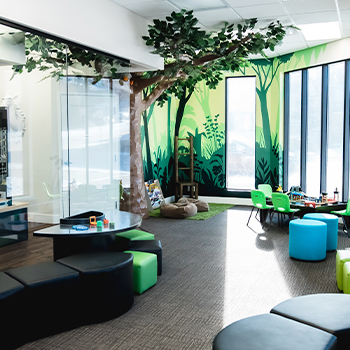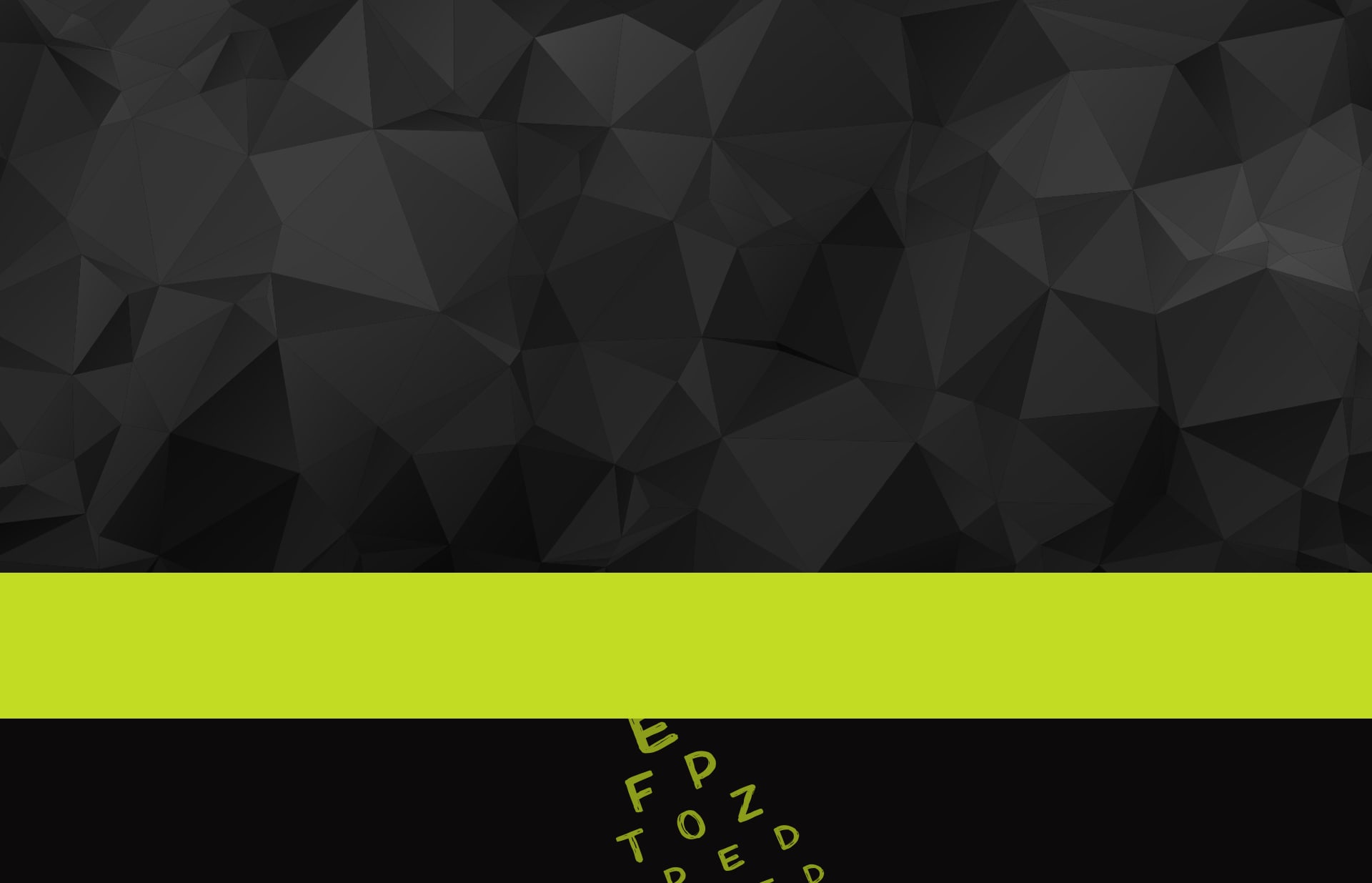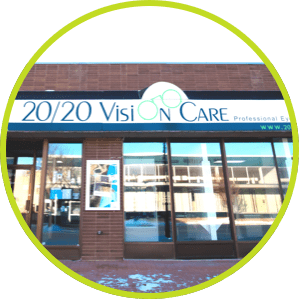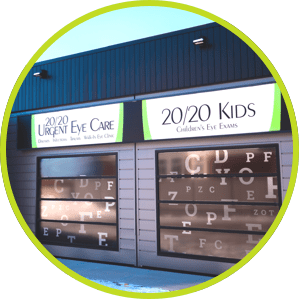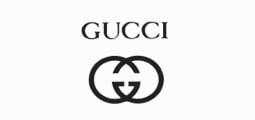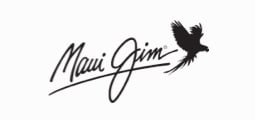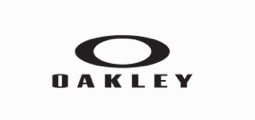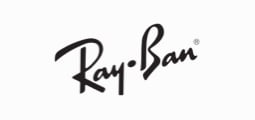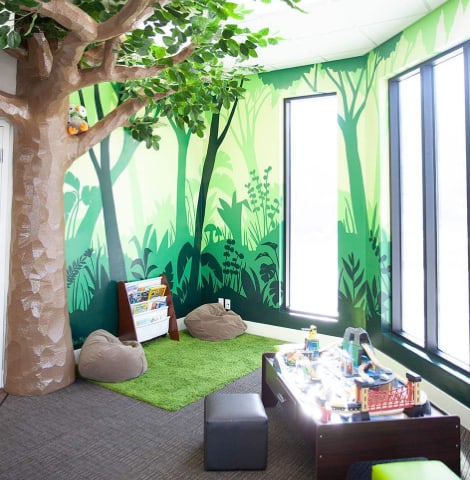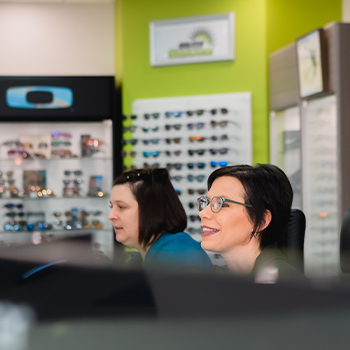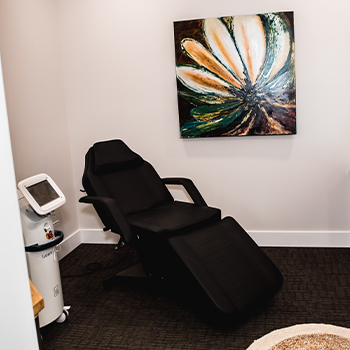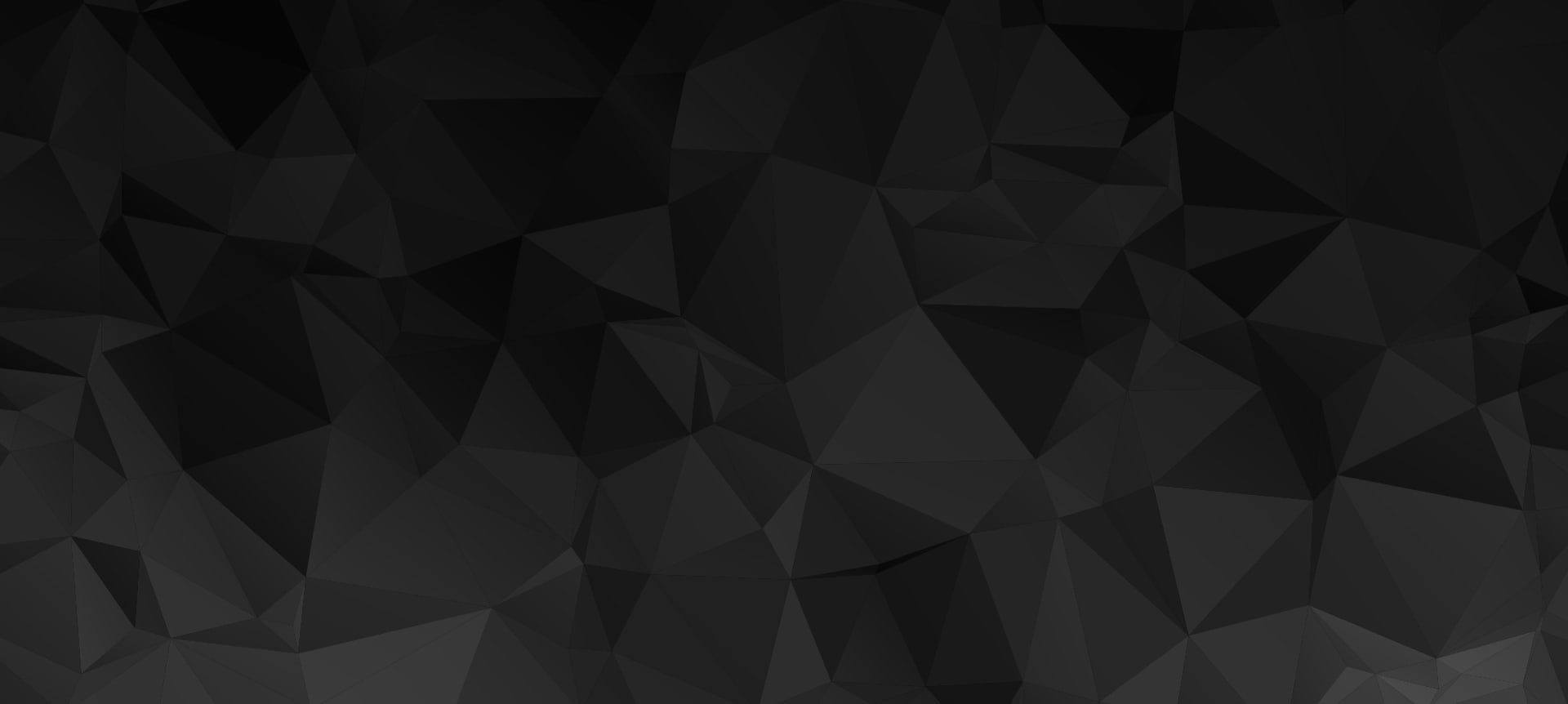So, this might be a good time to have a conversation about blue light and Myopia (Nearsightedness) Management. Because I had a parent ask me a question, “Can we use an indoor Happy Light in place of 2 hours outside?”
I knew the answer was no, but in southern Alberta during a cold snap at -30c, pick your battles mama! I needed to know more about the ‘why’. Why was I answering no to this mom who is doing her best to follow our advice? With new tools like ChatGPT (which has nothing but time for my endless questions), I asked why? Why? Why? Tell me more. What’s your source? So, I’ve been reading and learning and spiraling (hello dopamine!) and somewhere in the deep dive, I tripped over something I can’t unsee. A contradiction. A potential clash between two major lens technologies.
Here’s the question that won’t let go of me:
What if we’re blocking the very light that helps control myopia… with the same coatings we’ve been recommending to protect our kids!?
Let me walk you through it. Come on…let’s explore!
The Basics: What Is Myopia, and Why Do We Care?
Myopia (nearsightedness) means your eye has elongated—so distance vision blurs. That alone is inconvenient. But the bigger issue? Myopia increases long-term risks for serious eye conditions! And the numbers are climbing—fast.
- In 2018, a Canadian study found 29% of 11–13 year olds were already myopic.
- By 2050, half the global population is expected to be myopic.
- Myopia is starting younger, progressing faster!
Don’t worry, we have solutions! You see, we as humans can figure this out, and don’t get me wrong we have… but, I think we need to fine-tune our model.
We developed myopia management tools:
- specially designed lenses,
- ortho-K,
- atropine drops,
- and behavior changes (like outdoor play).
But new science is emerging (oh science you sneaky so and so).
Peripheral Defocus Lenses: The Optical “Brake Pedal”
Lenses like Hoya’s MiYoSmart use peripheral defocus technology. They shift light in the edges of the retina to signal, “Hey, stop growing now.” It’s brilliant. And it works. Even on its own, it can reduce myopia progression by ~50%. But it’s just one part of the story.
The Dopamine Signal: Nature’s Myopia “Brake Pedal” Although this works differently—and it’s so neat!
Turns out, the retina itself releases dopamine when stimulated by natural sunlight—specifically, blue light in the 460–480 nm range. Whoa! You did not read that wrong! That dopamine acts as a natural inhibitor of axial elongation—the eye’s way of saying “Hold up, I’m good.” But here’s the kicker: The intensity and quality of that blue light matters.
- Screens? Not strong enough.
- Indoor lighting? Doesn’t compare.
- Morning sunlight? That’s the gold standard.
Why morning? Because of our circadian hormones. Within 2 hours of waking, your cortisol spikes (Cortisol Awakening Response) and your retina becomes more “spongy”—more responsive to light.
Light exposure in this window can be up to 3x more effective at triggering retinal dopamine. So… What’s the Problem?
We tell kids to go outside for 2 hours a day to help slow myopia.
But we are trying to protect them from the sun so naturally we want them to wear:
- Photochromic lenses that darken outdoors (and often include blue light filters)
- Polarized sunglasses that block wide swaths of visible light, including blue
- Optional blue light coatings—even in their everyday clear lenses
And it turns out that many of these products—though well-meaning—may be blocking or blunting the exact light we’re asking their retina to absorb! (Isn’t that bananas!?)
It’s like asking a plant to photosynthesize… under blackout curtains. Something is off with this plan.
Wait, Isn’t Blue Light Dangerous?
Only at extremes.
The original fear came from lab-based studies using intense artificial exposure. In the real world, there’s no evidence that natural blue light from the sun (in safe doses) is damaging. In fact, recent research suggests the opposite:
Filtered blue light may undercut dopamine signaling. Which, in kids with myopia, could mean we’re stunting the body’s natural brakes. I’m not saying blue light filters are evil.
They might help with visual comfort, sensory sensitivity, or digital strain—especially in adults or those with neurological differences.
But in myopia management, this optician thinks maybe we should just call it on this one. But wait, I have more pieces to this puzzle we’re so carefully putting together!
Natures Gas Pedal: Acetylcholine and Close Work (zoom, zoom)
Okay, here’s another layer:
Prolonged near work (like screens, books, and schoolwork) increases acetylcholine signaling in the eye—a neurotransmitter that tells the eye to “keep growing.”
Atropine eye drops (a commonly prescribed eye drop that helps in the fight against myopia) block those receptors, helping to stop the overgrowth. (Kinda like cutting the gas line)
But what if…
- We encouraged distance-based play (sports, tag, biking)
- We limited excessive near work
- And we ensured unfiltered morning light exposure daily
Would atropine still be necessary? We don’t know.
But the theory seems strong: less acetylcholine + more dopamine = natural balance restored. (Whoosawww)
So What Do We Do With This?
We ask questions.
We resist autopilot.
We stop stacking blue light coatings and dark sun solutions. That being said, absolutely do not skip UV protection! UV and blue light are two different parts of the light spectrum—UV still needs to be blocked (even on clear lenses if you can), but blue light plays a key role in regulating eye growth.
If a child is wearing myopia management lenses, let’s ask:
- Do they come with blue-light coatings by default?
- Are we recommending photochromics or sunglasses without ensuring unfiltered morning exposure?
- Are we giving one signal optically, and unintentionally and unknowingly cancelling it chemically?
We can’t afford to cancel out the benefits of a $600 lens with a $60 coating.
What We Know
- Retinal dopamine slows myopia progression
- Blue light in the 460–480 nm range is what triggers that dopamine release
- Morning light is most effective—the retina is more responsive in the first 2 hours after waking due to the Cortisol Awakening Response (CAR)
- Outdoor time is protective, especially when it includes distance viewing (which helps downregulate acetylcholine—the “go” signal for eye growth)
- Near work increases acetylcholine, which tells the eye to elongate
- Atropine blocks acetylcholine receptors—cutting the ‘gas line.
- Peripheral defocus lenses signal the retina optically to slow growth
- Darker lenses (photochromic, polarized, and standard sunglasses) reduce transmission of dopamine-triggering light—especially in the 460–480 nm range ○ This includes most Transitions (while dark), 75–85% tints, and brown/grey/green polarized lenses
- Clear lenses can still provide UV protection without blocking this light ○ And don’t forget: many photochromic lenses now come with blue filters by default—stacking that with darkness can blunt the signal even more.
- The wrong lens choice during outdoor time may unintentionally mute the very retinal signal we’re relying on to regulate eye growth.
What We Don’t Know (Yet)
- The exact intensity and duration of blue light needed to trigger enough retinal dopamine to meaningfully slow axial elongation
- Whether 30 minutes of morning light = 2 hours of afternoon play, in terms of dopamine response
- If dopamine release alone can override other myopia progression signals, or if it only enhances the effect of optical interventions
- How much dopamine-triggering light is actually blocked by different lens combinations in real-world use
- This includes blue light coatings, tints, transitions, and polarized sunglasses ○ We don’t yet have consistent lab or clinical data showing which combinations blunt the signal and by how much
- Whether a better balance of unfiltered light + distance play could reduce the need for pharmacological interventions like atropine
- How these mechanisms vary by age, geography, skin/iris pigmentation, and light environment
And If You’ve Already Got Blue Light Coatings? Don’t Panic.
If your child is already wearing myopia control lenses that include a blue light–blocking coating or photochromic tint, it doesn’t mean it’s all been for nothing.
The peripheral defocus design is still doing its job—sending the signal to slow eye growth. But think of it like this:
He’s still on the job site…
He might just be the only guy showing up to a crew that was meant to be ten. (Meet the whole crew below)
So, what can you do now?
- Let them get that unfiltered light first thing in the morning, even just 20–30 minutes within 2 hours of waking up (when the retina is ‘spongy’)
- Encourage distance-based outdoor play whenever possible
- At your next lens purchase, ask about coating options—and whether a clear, UV-protective lens might serve them better
The Full Crew
(a.k.a. Your Child’s Myopia Management Dream Team)
1) Peripheral Defocus Lens Design – the foreman
- Sends the signal: “Hold the line, don’t grow further!”
2) Retinal Dopamine Production – the brake operator
- Triggered by early morning blue light (460–480 nm), it tells the eye “we’re good here, no need to grow.”
3) Distance Viewing (Outdoor Play) – the field surveyor
- Helps downregulate acetylcholine, reducing the “grow” signal.
4) Unfiltered Morning Light Exposure – the site electrician
- Switches on the dopamine signal when the retina is most responsive (thanks, CAR).
5) Limiting Near Work – the union rep
- Keeps the job site from getting flooded with “grow” orders (acetylcholine).
6) UV Protection – the safety inspector
- Protects ocular health long-term without interfering with visible blue light.
7) Consistent Daily Habits – the timekeeper
- Ensures the environment supports stable signaling day after day.
8. Parental Awareness – the logistics coordinator (and let’s be real, finance officer, transportation manager, and much more)
- Makes sure the right lens choices and play habits are in place.
9) Optometrist Monitoring – the quality control lead
- Tracks axial length and adjusts the plan as needed.
10) Optional Atropine Drops – the gas-line cutter
- Blocks the acetylcholine “go” signal when near work can’t be avoided or habits are hard to shift.
Final Thoughts
We built the right tools (myopia management). We recommended the right behavior (go outside). Now let’s make sure we’re not accidentally muting the effect. Because if all it takes is 20–30 minutes of unfiltered morning light to unlock a natural braking system…If this signal really helps slow myopia—why are we blocking it? And if no one has studied this overlap yet, maybe it’s time.


